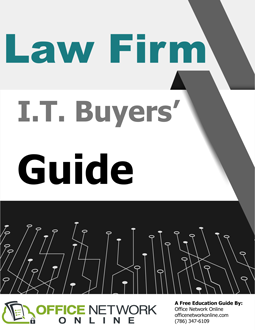 Email threats have been around since the early 90s. But phishing techniques are much more sophisticated now than they were back then. One of the most successful and lucrative tactics is business email compromise (BEC). BEC scams have stolen over $43 billion from businesses worldwide between July 2019 and December 2021. Threat actors are making more money from it than ransomware.
Email threats have been around since the early 90s. But phishing techniques are much more sophisticated now than they were back then. One of the most successful and lucrative tactics is business email compromise (BEC). BEC scams have stolen over $43 billion from businesses worldwide between July 2019 and December 2021. Threat actors are making more money from it than ransomware.
It's not enough to have a simple email security solution in place. Business owners should do more to protect their companies from these malicious attacks. To help you, here's everything you should know about BEC scams and what you can do to safeguard your organization.
How Does Business Email Compromise Work?
BEC can come in the form of spear phishing. A threat actor will pretend to be someone from the victim's close network. That can be a boss, colleague, or vendor. They will get the victim to feel at ease and then ask them for an urgent request. It is usually personal or financial information they are after. They will say that failure to perform the task immediately will have massive consequences for the company.
BEC can also be in the form of a malware attack. Threat actors will use malware to spy on their victims' email threads and access sensitive data. Another BEC method is spoofing. Scammers will use an email account nearly identical to a trusted address and extract information from their target.
How Can Business Owners Fight Against Business Email Compromise?
No business is safe from the threat of BEC. But there are ways to lessen the risks, including the following:
Raise Awareness Among Your Employees
BEC scammers are only successful if they win over an employee's trust. Teach your team to see the warning signs of a BEC attack. They should be wary of urgent requests for sensitive data. They should be extra cautious if there's financial information involved.
You can invest in security training and phishing simulations. That way, your employees know what to do in risky situations. You can also make it a practice to check if your employees follow safety protocols.
Beef up Security With Multi-Factor Authentication
Multi-factor authentication is an extra layer of security for your employees' email accounts. Aside from the username and password, it will ask for other information like an authentication code or thumbprint. That way, scammers can't easily access private information.
Use Automation Tools for Faster Incident Response Time
Even with heightened security, BEC scams can still find their way inside your employees'
inboxes. That's where automation tools come in handy. They can alert you immediately if they find any threats in delivered emails. That way, you can respond immediately and prevent further damage.
The Bottom Line
As BEC scams advance, so must your email security measures. Failing to implement the correct practices can lead to disastrous consequences for your business. It can cost you millions and dramatically impact your bottom line. If the attack involves vendors and customers, you might not be able to regain their trust.



